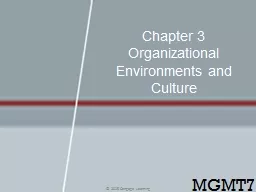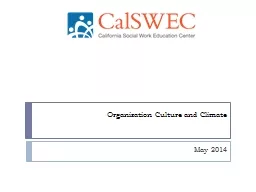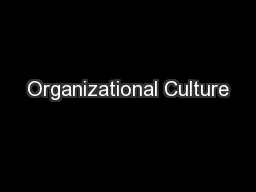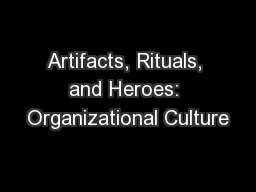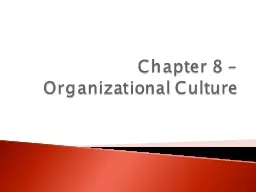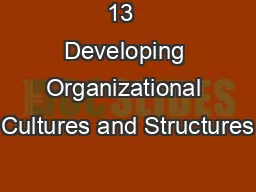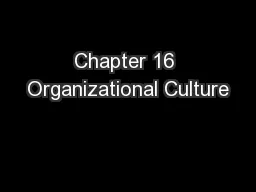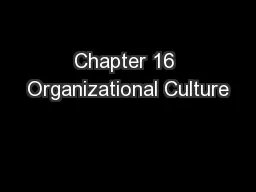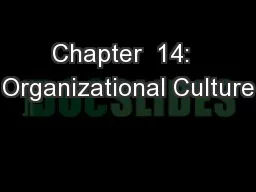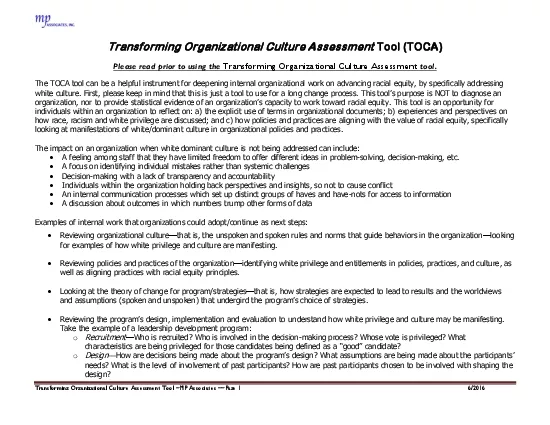PPT-Chapter 3 Organizational Environments and Culture
Author : aaron | Published Date : 2018-09-21
2015 Cengage Learning MGMT7 2015 Cengage Learning 31 discuss how changing environments affect organizations 32 describe the four components of the general
Presentation Embed Code
Download Presentation
Download Presentation The PPT/PDF document "Chapter 3 Organizational Environments an..." is the property of its rightful owner. Permission is granted to download and print the materials on this website for personal, non-commercial use only, and to display it on your personal computer provided you do not modify the materials and that you retain all copyright notices contained in the materials. By downloading content from our website, you accept the terms of this agreement.
Chapter 3 Organizational Environments and Culture: Transcript
Download Rules Of Document
"Chapter 3 Organizational Environments and Culture"The content belongs to its owner. You may download and print it for personal use, without modification, and keep all copyright notices. By downloading, you agree to these terms.
Related Documents

